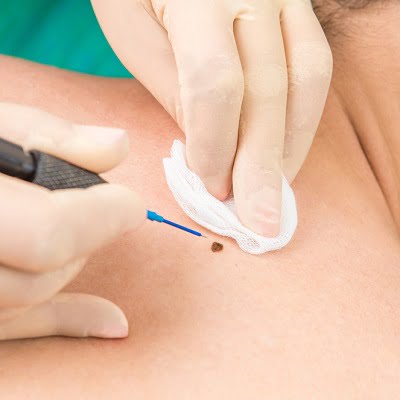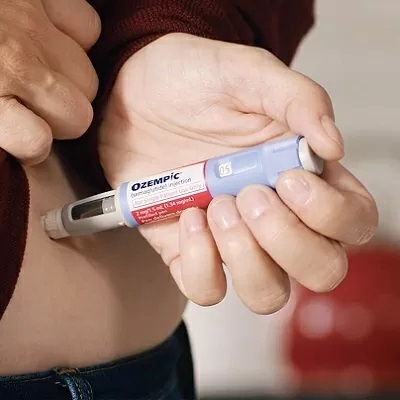
It makes sense that you would want a mole that you find bothersome or ugly removed. However, attempting to get rid of it at home can be detrimental. Only a qualified dermatologist or cosmetic surgeon should remove moles. We’ll look at the dangers and repercussions of performing mole removal at home in this blog post.
Introduction: Why Mole Removal is Important:
Anywhere on your body, moles are common skin growths. Many people have moles, while others just have a few. Even while the majority of moles are benign, some might be malignant or precancerous. It’s crucial to have a mole checked out by a specialist if it changes in size, shape, or color.
The excision of moles is a frequent cosmetic operation that may be performed for a number of reasons. It might be carried out to eliminate a potentially malignant mole or to remove one that is unsightly or has caused discomfort or irritation. However, it can be risky to attempt to remove a mole at home.
The Risks of Mole Removal at Home:
- A mole removal attempt at home exposes your skin to germs and other organisms that can lead to illnesses. Redness, swelling, discomfort, and even pus might develop from this.
- Scarring: Home mole removal might leave scars as well. A scar that is worse than the initial mole may result from incomplete mole removal or skin injury to the surrounding area.
- Blood vessels supply moles, therefore attempting to remove them at home may cause significant bleeding. If you have a bleeding disorder or are using blood-thinning medication, this can be risky.
- Pain: Mole removal can be uncomfortable, particularly if you attempt it at home without using any anesthetic. In addition to causing pain and discomfort, this could also harm your nerves.
Who Should Avoid Home Mole Removal?
- People with a history of skin cancer: People with a personal or family history of skin cancer shouldn’t try to remove moles themselves.
- People who have a lot of moles: People who have a lot of moles shouldn’t try home mole removal since they can have trouble identifying cancerous and benign moles.
- Those who have moles that change or are irregularly shaped: A dermatologist should always inspect moles that are unusual or changing.
- Immune system weaknesses: Those who have immune systems that are compromised should avoid removing moles at home because they are more likely to get an infection.
Safe Alternatives to Home Mole Removal:
- Professional Mole Removal: Using sterile procedures and the right tools, a dermatologist can remove moles in a safe manner.
- Monitoring Moles: Regularly keeping an eye out for changes in a mole’s size, shape, or color can assist identify any potential problems at an early stage.
- Regular skin cancer tests can help identify any potential problems early on, enabling early diagnosis and treatment.
The Consequences of Removing Moles at Home:
- Misdiagnosis: Attempting to remove moles at home can lead to a misdiagnosis because moles can occasionally be malignant or precancerous. To assess whether the mole is malignant or not, a dermatologist or cosmetic surgeon can perform a biopsy.
- A home mole removal attempt may make the issue worse. Attempting to remove a malignant mole at home runs the risk of the disease spreading, which makes treatment more challenging.
- Treatment Delay: Home mole removal attempts can put off receiving the right care. If the mole is malignant, postponing treatment runs the risk of the disease spreading and becoming more challenging to treat.
Conclusion: Leave Mole Removal to the Professionals:
In conclusion, only a qualified dermatologist or cosmetic surgeon should remove moles. Infection, scarring, bleeding, pain, a false diagnosis, a worsening of the ailment, and a delay in treatment can all result from attempting to remove a mole at home. Make an appointment with Royal Cosmetics Islamabad a professional to go over your alternatives if a mole is bugging you.











Book Appointment